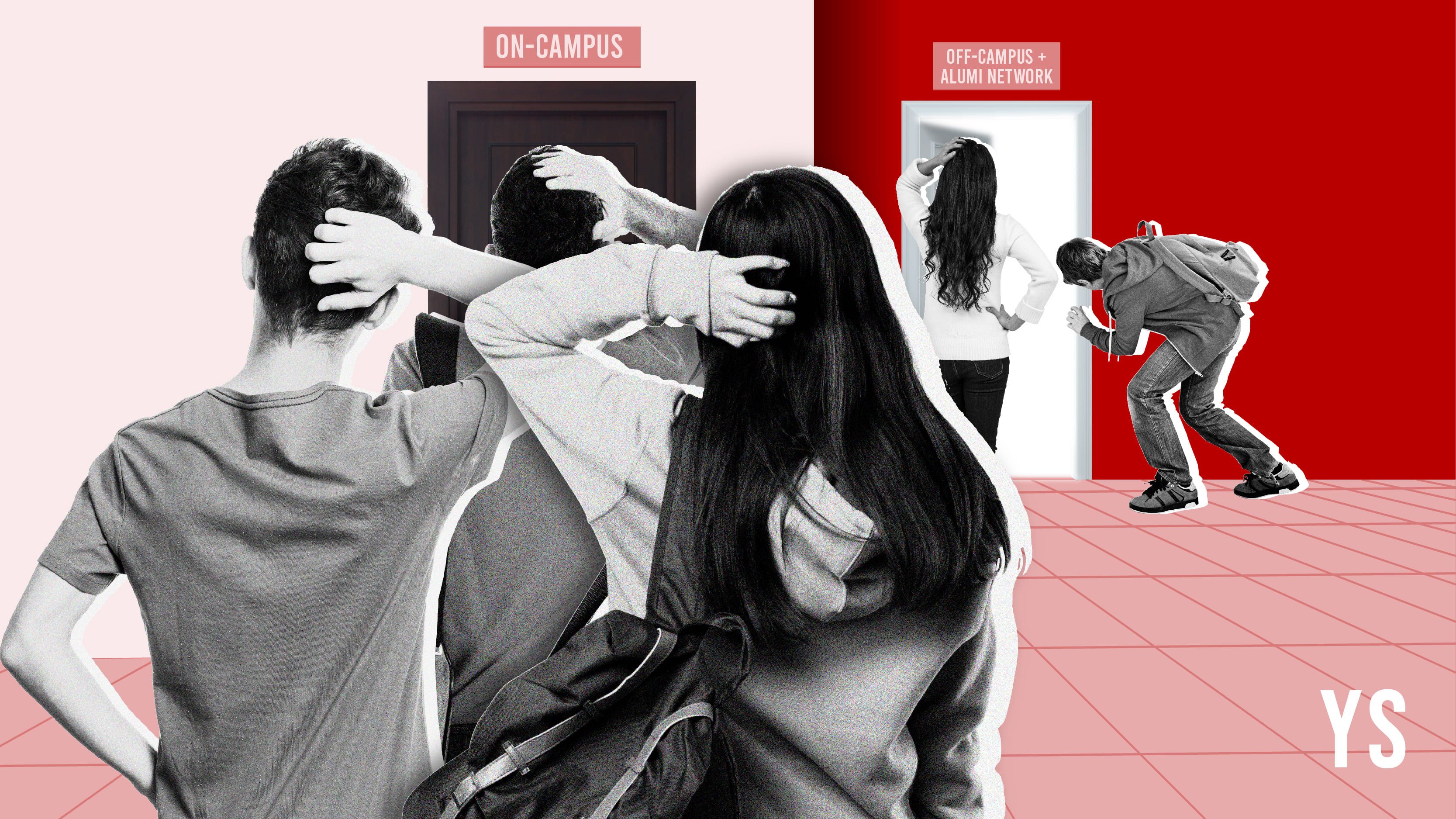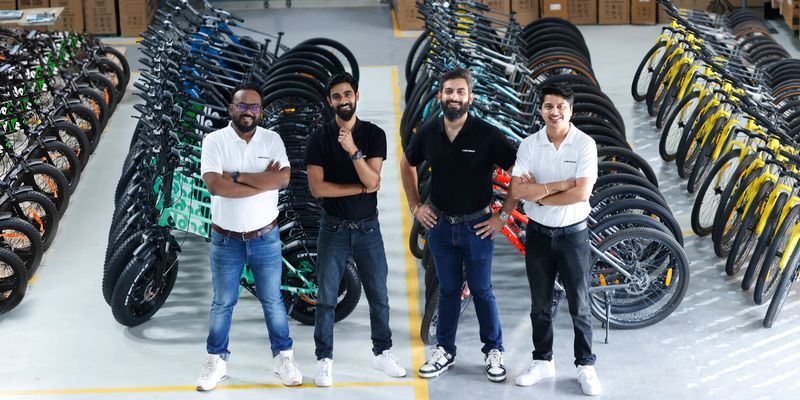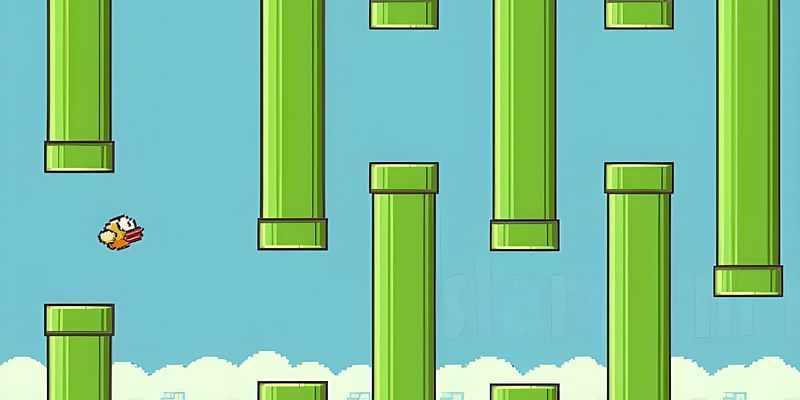Amazon aspires to reach the ‘gold standard of paper’ with the Kindle Oasis 2. Here is what it can do and can't
With a waterproof e-reader, the Kindle Oasis 2, Amazon aims to provide a better reading experience than physical books. Here is an overview of Amazon's deep tryst with books and an overview of the features of Kindle Oasis 2.
Seated on a chair in a well-lit room, I was trying to guess the approximate number of books that the table in front of me could hold. According to my calculations it was around 15,400 books. There wasn’t anything structurally spectacular about the table, but the five objects on the table were all iterations of a singular vision to reach the ‘gold standard of paper’.
Joining me were Divya Anand, Senior Product Manager, Kindle India, Amazon and Vijay Talwar - General Manager, Sales, Kindle and the five products on the table were all the different variants of Amazon’s e-reader, Kindle.
The Kindle was officially launched in the US in November 2007 and over the last decade has gone through multiple iterations and innovations. Vijay said,
Our gold standard since 2007 (when Kindle was launched) has always been a piece of well printed paper. I think we are evolving towards it, but still a long way to go. We started Amazon Devices as a business in India five years ago by introducing the Kindle. Since then, the Kindle has had a strong and exciting journey.
Starting from Kindle Paperwhite to the company’s latest flagship device - the Kindle Oasis 2 - each device has the capacity to hold approximately 2,200 books while the latest Kindle Oasis 2 can hold around 4000 books. While the table would probably break under the load of 15,400 ‘real’ books, it was able to withstand the load of the five Kindle devices easily.
Here is brief overview of Amazon’s history with books, the recently launched Kindle Oasis 2, some of the interesting things it can do and some ways by which it could evolve further.
Amazon’s tryst with books and 10 years of the Kindle
Amazon’s long association with books goes back to its origins. In his book Zero to One, Peter Thiel, notes that when it launched in 1995, Amazon could claim to be “Earth’s largest bookstore” and it, in fact, did. (See below the logo on the top left corner).

Unlike a retail bookstore that might stock 100,000 books, Amazon didn’t need to physically store any inventory - it simply requested the title from its supplier whenever a customer ordered for me. Thiel noted,
This quantum improvement was so effective that a very unhappy Barnes & Noble filed a lawsuit three days before Amazon’s IPO, claiming that the company was unfairly calling itself a “bookstore” when it was a “book broker.
Fast forward to 2017 and Amazon is now a digital publisher that also sells its own e-readers. Kindle Direct Publishing (KDP) serves as an avenue for upcoming and established authors and publishers to publish their books worldwide on the Kindle and Kindle reading apps.
The Kindle story began on Nov 19, 2007, when Amazon issued a press release announcing the launch of a ‘revolutionary portable reader’ that lets customers wirelessly download books in less than a minute and automatically receive newspapers, magazines and blogs.
"We've been working on Kindle for more than three years. Our top design objective was for Kindle to disappear in your hands -- to get out of the way -- so you can enjoy your reading," said Jeff Bezos, Amazon.com Founder and CEO in a statement in 2007. "We also wanted to go beyond the physical book. Kindle is wireless, so whether you're lying in bed or riding a train, you can think of a book, and have it in less than 60 seconds. No computer is needed -- you do your shopping directly from the device. We're excited to make Kindle available today."

Vijay shared that not only had Amazon brought every Kindle device since the Paperwhite to India, but it has also customised the experience and the Kindle store over time for different geographies. He said,
The Kindle store for India is a Tier 1 experience, which means that we have a number of payment methods for ease of purchase, and selections in five Indian languages.
He also noted that over the last year, Amazon.in has sold ‘many hundred thousand’ Kindle devices in India and the overall customer response has been positive for KindlePaperwhite, its most popular Kindle, with an overall 4.2 star rating on Amazon.in.
According to Vijay, 2017 has been a strong year for the Kindle in India. Sales grew by 9x over Business as Usual (BAU) during 2017. Amazon also confirmed that there was a 13 percent growth during the Diwali festive period (all three waves put together) in 2017 versus last year. During this period, four out of every five e-reader orders were by Amazon Prime members.
Kindle Unlimited, which is Amazon’s e-book subscription service, witnessed 3x growth in the number of sign-ups through the entire Diwali sales (all three waves put together) over BAU.
The Kindle Oasis 2
“The Kindle Oasis 2, which is actually the ninth generation of Kindle devices, is our best device, yet,” said Vijay.

Divya took over and shared that over the years, Amazon has been innovating and listening to feedback from customers to keep improving the reading experience. She cited some examples.
In 2012, when Amazon launched Kindle PaperWhite, it was the first Kindle with an inbuilt light. Divya shared that a lot of design innovation and engineering has gone into making the display function optimally with an inbuilt light.
For the Voyage e-reader, Amazon actually had to invent technology. The two big innovations were - creating the flush front display, and also the addition of haptic feedback when one pushes the page press buttons.
Echoing Bezos’ original vision of the first Kindle while showcasing Amazon’s latest e-reader, the Oasis 2 or All New Kindle Oasis, Divya noted,
To our minds, Oasis was a sanctuary. Our objective for Kindle Oasis 2 is that when you read on it, the device should just disappear… The reader should engage directly with the author's world. It is not so much about the device, but the reading experience.
From an ergonomic standpoint, Amazon also wanted to make the latest Kindle easier to hold. So the team worked on an asymmetrical design. The device has a grip area and a thin display area. Divya explained,
You can now hold the Oasis 2 with one hand. It is almost like the spine of a book and you can hold it for a really long time.

Here are some of the key technical specifications of the Kindle Oasis 2:
# Includes a 7-inch Paperwhite display technology with E Ink Carta and built-in light, 300 ppi, optimized font technology.
# Comes in two variants - 8GB and 32GB and both include free cloud storage for all Amazon content.
Kindle devices and actual books have their own pros and cons. Here is an overview from both sides:
Four ways the Kindle Oasis 2 is an improvement over books
1) Read in the dark
Divya explained that the first version of the Kindle Oasis came with 10 LED lights and the latest upgrade, Oasis 2, comes with 12 LED lights. In effect, the Oasis 2 has a brightness range that is 10 percent more than its predecessor.
Kindle Oasis 2 also has an auto brightness option, where the ambient light sensors on the device are able to judge the brightness of the surroundings the reader is in and automatically adjusts the screen brightness.
2) Accessibility and enhanced search
With a 7-inch display, the Kindle Oasis 2 can accommodate 30 percent more words per page, which means fewer page turns. Divya also noted that the page turn speeds on Oasis 2 are also 20 percent faster than its predecessors.
To make e-books accessible to the elderly and those with visual impairments, Oasis 2 lets users tweak the font size from 1 to 14. The highest font size for the previous Oasis was 8. Divya also shared that in 2015 Amazon had also invented its own font, based on their research and customer feedback. Called ‘Bookerly, it provided better readability.
Another software upgrade that is in line with the vision of reaching the gold standard of books is the ‘left align’ option. Divya explained that all printed books are by default printed with left alignment. She said,
Oasis 2 offers this alignment, taking us closer to the printed page experience. This will also be available as an over-the-air update for older customers.
Kindle Oasis 2 also comes with enhanced search functions by combining and previewing results from a user’s Library, Goodreads, and the Kindle Store on the same page.
3) Read in your bathtub or by the pool?
Oasis 2 is waterproof (IPX8), tested to withstand immersion in two metres of fresh water for 60 minutes. So while Kindle reads almost like paper, it is also waterproof and hence can be read on the beach, in a pool or bathtub.

4) Audiobook integration
For most of us our first experience with 'Audiobooks' was probably when our grandparents or parents read out bedtime stories to us. I found that this ‘free upgrade’ was applicable for only a few years and suddenly became unavailable, when I learnt how to read.
Audible (an Amazon company) lets users purchase and listen to books. The global version of the Kindle Oasis 2 has an Audible integration. But since Audible hasn’t been launched in India yet, this feature is not accessible on the Indian variant, currently.
Two ways the Kindle Oasis 2 is still behind paper
1) Smell
Towards the end of our interaction, I was asked for feedback or feature suggestions, Half jokingly and half seriously I made a request,
Many of my friends who own Kindles still buy paperbacks occasionally for two main reasons. They love the smell of books… and they also hope to meet the author someday and get their autograph.
Laughter ensued. Vijay joked and added, “We get that a lot, the smell of paper is something we will probably aspire to… but the Kindle is an e-reader. We are trying to get as close to the reading experience of a real book. ”
The discussion shifted to the possibilities of how a push of a button on an e-reader could open up a secret compartment that would release a musty smell of an old book or the freshly minted smell of a new book, based on the reader’s preferences.
2) Autographing digital books
Vijay said that they would explore ways to assist readers to make e-books autograph-friendly. Authorgraph(earlier KindleGrapgh) seems to have found a solution to this pain point. Founded in 2012, it lets readers request for personalised digital autographs from the authors.
Kindle app vs Kindle readers vs physical books
Kindle’s other USP’s is ‘Buy once, read anywhere’. Apart from Kindle e-readers, users can also consume books on the free Kindle app. Amazon’s Whispersync technology remembers where a user stopped reading in a book, so one can switch between the Kindle e-reader and the Kindle app. Real books on the other hand need bookmarks.
Here is quick comparison of my personal experience across all three modes of reading.

Website- Kindle Oasis 2 on Amazon.in
Related viewing-











